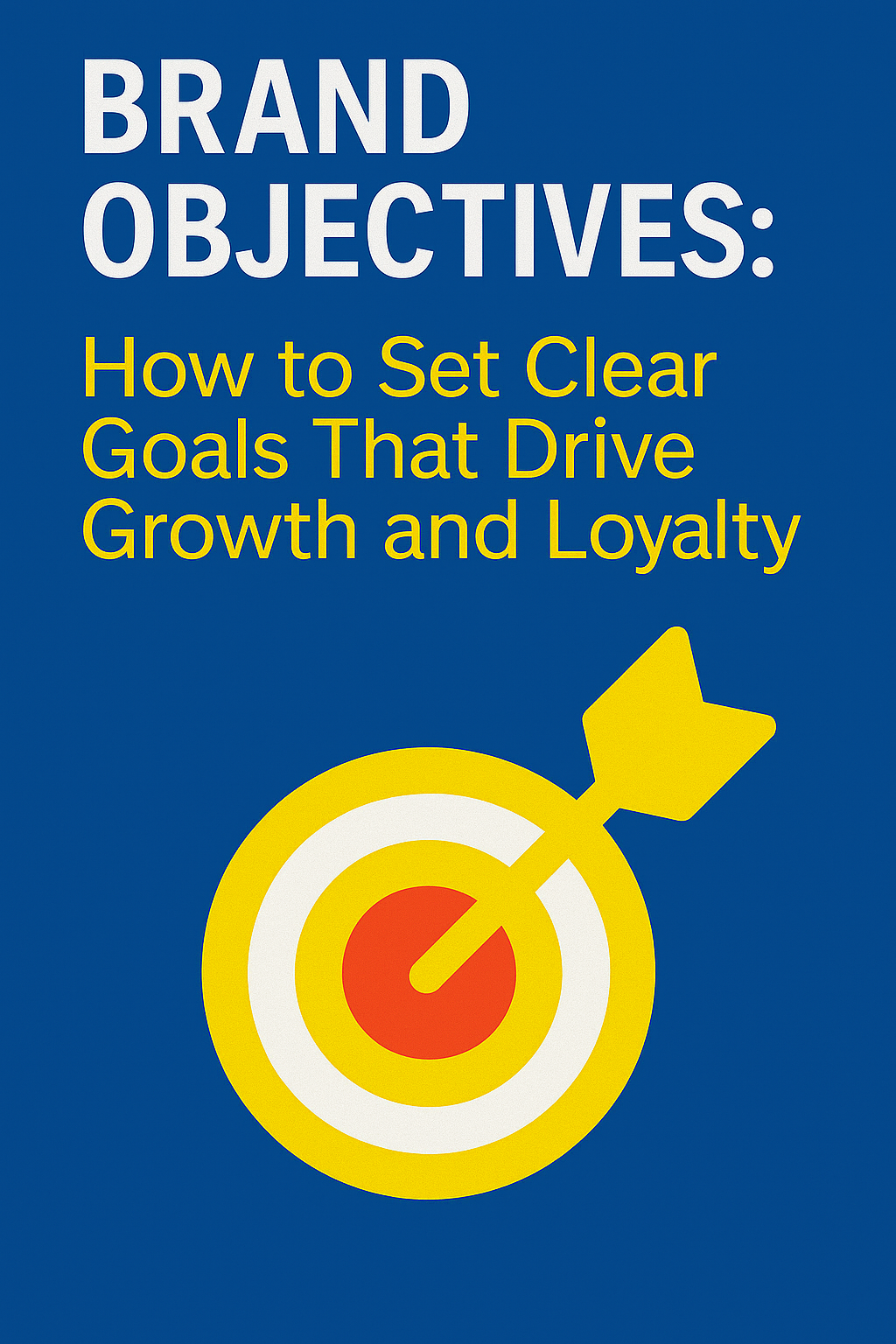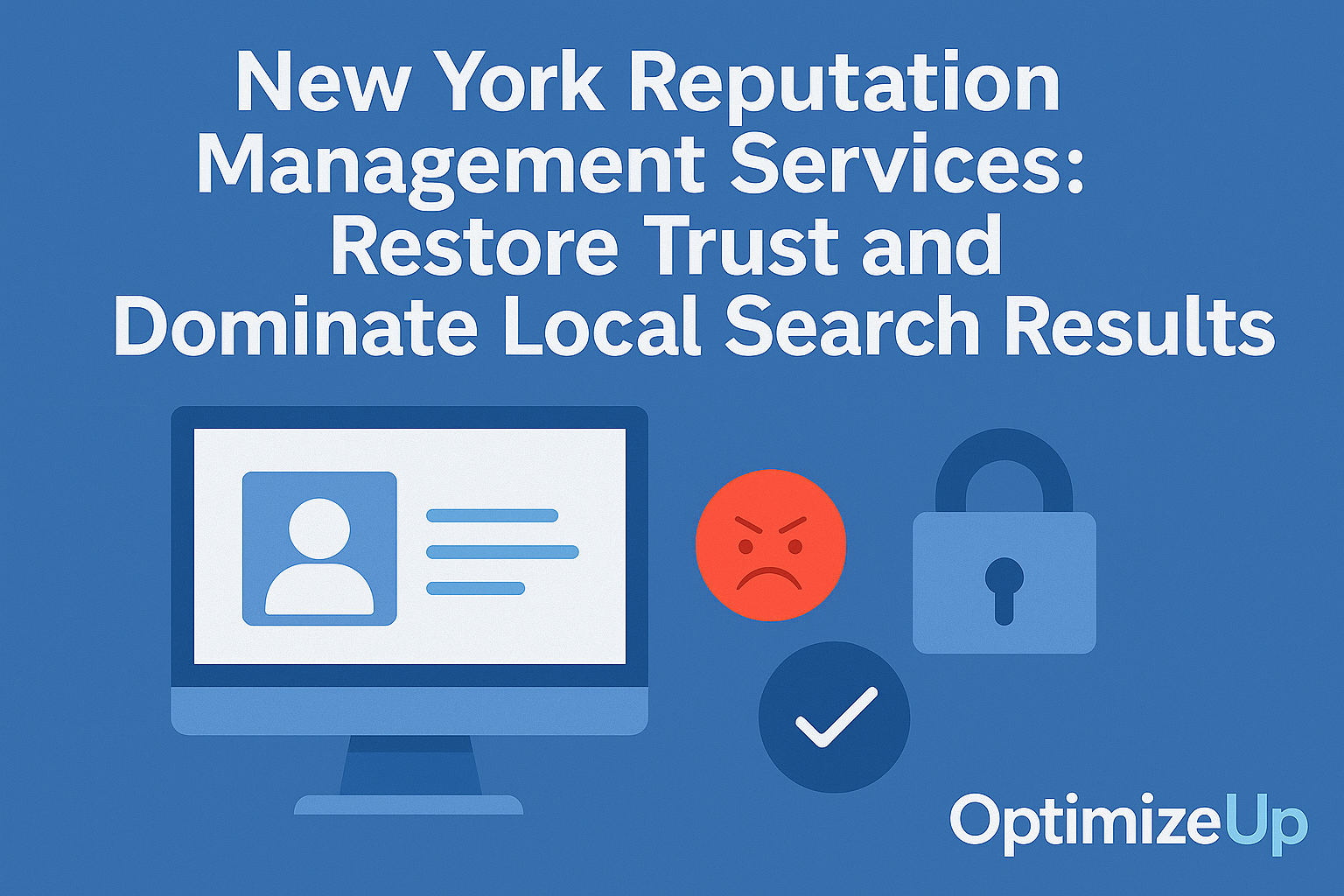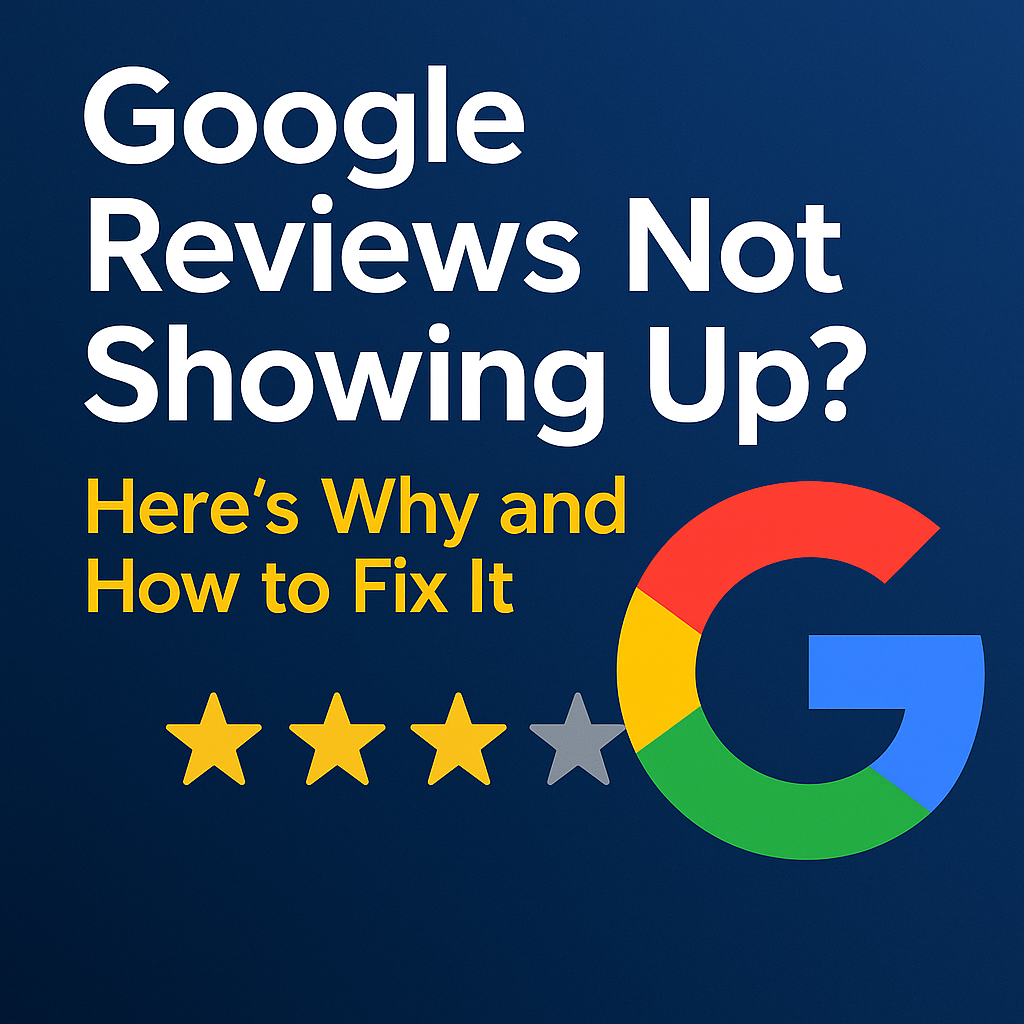What Are Brand Objectives?
Brand objectives are strategic goals that define how a business wants to be perceived, grow, and perform in its market. These objectives serve as the guiding force behind every marketing campaign, customer interaction, and product decision.
They influence:
- Brand awareness
- Customer loyalty
- Competitive positioning
- Revenue and market share
“Without brand objectives, your marketing becomes guesswork.”
Long-Term Brand Objectives for Sustainable Growth
Setting short-term brand goals is essential for immediate wins. But for sustained impact, you need long-term objectives that evolve with your business.
Long-Term Goal Examples:
- Build brand trust in new markets over 3–5 years
- Evolve from product-first to purpose-driven messaging
- Increase customer lifetime value by 50% over 2 years
Strategic Levers for Long-Term Impact:
- Internal brand training for all employees
- Consistency across customer journey touchpoints
- Brand refresh or repositioning every 3–5 years
“Brands that endure adapt while staying rooted in their core purpose.”
Aligning Brand Objectives with Company Culture
A brand isn’t just what you say—it’s what you do. Objectives should be lived internally, not just broadcast externally.
Culture-Driven Objective Examples:
- Foster internal brand ambassadors
- Reduce employee turnover through shared mission alignment
- Include brand training in onboarding for 100% of hires
Integration Tips:
- Create internal brand guidelines (not just marketing)
- Reward employees who model brand values
- Communicate brand goals during company all-hands
Brand Objectives in Digital-First and Service-Based Businesses
In service sectors (consulting, SaaS, health, law), the brand often is the business.
Critical Objectives:
- Establish authority in your niche
- Differentiate on service, not just features
- Earn high-quality reviews on third-party platforms
Measurement Metrics:
- Online review volume and sentiment
- Client testimonials and case studies
- Referrals and NPS
For digital-first companies, UX and messaging consistency become key differentiators.
Why Brand Objectives Matter
Clear objectives create alignment across departments, strengthen customer relationships, and ensure a cohesive brand experience.
Benefits:
- Drive consistent brand messaging
- Keep marketing efforts measurable
- Shape long-term identity and voice
- Improve ROI through strategic focus
Strong brand goals translate to brand equity, trust, and preference.
Types of Brand Objectives
1. Brand Awareness
Goal: Increase visibility and top-of-mind recognition.
Tactics:
- Paid and organic social campaigns
- Press mentions and media exposure
- SEO and thought leadership content
2. Brand Perception
Goal: Influence how your brand is viewed by target audiences.
Tactics:
- Customer testimonials
- Influencer partnerships
- Consistent visual identity
3. Customer Loyalty
Goal: Increase repeat business and referrals.
Tactics:
- Loyalty programs
- Personalized outreach
- Post-purchase engagement
4. Market Differentiation
Goal: Stand apart from competitors.
Tactics:
- Positioning statements
- Unique selling propositions (USPs)
- Exclusive features or services
5. Community Building
Goal: Cultivate emotional connection and advocacy.
Tactics:
- User-generated content
- Online communities (Facebook Groups, Discord, etc.)
- Co-creation with customers
How to Set Effective Brand Objectives
Step 1: Conduct a Brand Audit
Evaluate your:
- Visual identity
- Messaging consistency
- Reputation (via tools like Mention or Brandwatch)
Step 2: Define Your Brand Vision and Mission
Anchor objectives in your brand’s purpose:
Vision: What future are you building?
Mission: How are you making it happen?Step 3: Use the SMART Framework
- Specific: Clarify what you aim to achieve
- Measurable: Attach KPIs
- Achievable: Align with your resources
- Relevant: Match company goals
- Time-bound: Set a deadline
Step 4: Prioritize Based on Business Goals
If you’re:
- Launching: Focus on awareness
- Growing: Prioritize perception and trust
- Expanding: Target market penetration
Examples of Brand Objectives in Action
Example 1: B2B SaaS Brand
Objective: Increase thought leadership Tactic: Publish 2 LinkedIn articles per week and secure 5 industry podcast interviews in 90 days
Example 2: E-commerce Brand
Objective: Boost repeat purchases by 30% Tactic: Launch a tiered loyalty program + monthly email series
Example 3: Personal Brand
Objective: Grow social proof Tactic: Get featured in 3 major publications (via Help A Reporter Out) and collect 10 video testimonials
Measuring Progress and Success
Metrics to Track:
- Website traffic and branded search
- Share of voice vs. competitors
- Social media engagement
- Net Promoter Score (NPS)
- Customer retention and churn rates
- PR coverage and backlinks
Use tools like:
- Google Analytics
- Semrush or Ahrefs
- Hootsuite or Sprout Social
- Brand24 or Talkwalker
“What gets measured gets improved.”
Common Mistakes in Setting Brand Objectives
- Being too vague: “We want to grow the brand.”
- Ignoring data: Not using customer feedback or performance history
- Lack of buy-in: Teams not aligned on brand strategy
- Setting vanity goals: Prioritizing likes over revenue-driving results
Brand Objectives vs. Business Goals
Brand objectives focus on perception, recognition, and loyalty. Business goals usually target revenue, customer count, or expansion.
Both are essential—but brand goals make the business goals easier to achieve.
Align Them By:
- Tying brand KPIs to sales targets
- Tracking customer journey touchpoints
- Monitoring conversion impact from awareness campaigns
How Optimized Up Helps You Set and Reach Brand Objectives
At OptimizeUp, we help:
- Audit your brand strategy and messaging
- Define SMART objectives based on your industry and stage
- Improve visibility via PR and SEO
- Strengthen trust with reputation management
- Build authority through expert content and brand storytelling
👉 Request your custom brand objective consultation today.
Frequently Asked Questions
New businesses should prioritize awareness, trust, and early customer loyalty. Building recognition and a consistent voice in your market is critical to standing out.
Brand objectives are strategic and long-term (e.g., become a thought leader), while marketing KPIs are tactical and short-term (e.g., increase email open rates by 10%).
Yes. As your business evolves, your objectives should also adapt—especially as you enter new markets, launch products, or rebrand.
Use proxies such as customer satisfaction surveys, social sentiment tracking, Net Promoter Score (NPS), and brand recall studies.
Absolutely. Early brand clarity helps shape product messaging, guide team decisions, and attract the right customers and investors.
Narratives that emotionally connect outperform data alone.
Highlight transformation (before vs. after)
Showcase customer journeys
Reinforce mission and promise
Incorporate storytelling into:
Website case studies
Video testimonials
Social media content calendars





